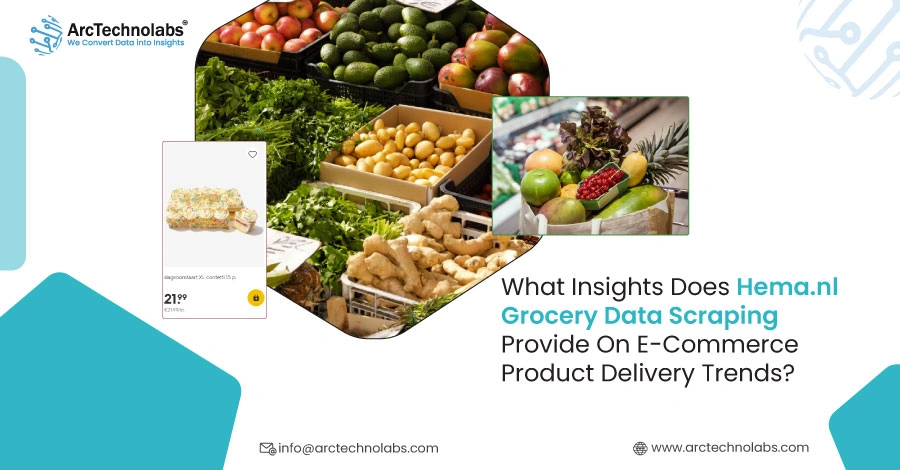
Introduction
In today’s fast-evolving digital grocery ecosystem, factors like delivery speed, inventory planning, and product availability are driving new consumer expectations. As grocery retailers across the Netherlands adapt to this shift, Hema.nl emerges as a key player, offering both innovative retail strategies and valuable data-driven insights. This well-known Dutch platform serves as a critical source for tracking real-time changes in SKU visibility, assortment flow, and fulfillment dynamics.
With the help of Hema.nl Grocery Data Scraping, businesses can tap into precise product-level datasets, enabling them to decode consumer demand patterns and uncover emerging trends in e-commerce logistics. Platforms like Hema provide a clear view into the future of grocery delivery, making them essential for refining supply chain and e-commerce strategies.
Let’s explore the types of delivery intelligence and supply chain insights that can be extracted from Hema.nl—and how this data can meaningfully enhance your performance in the competitive grocery space.
Extracting Actionable Delivery Signals from Dynamic Grocery Datasets
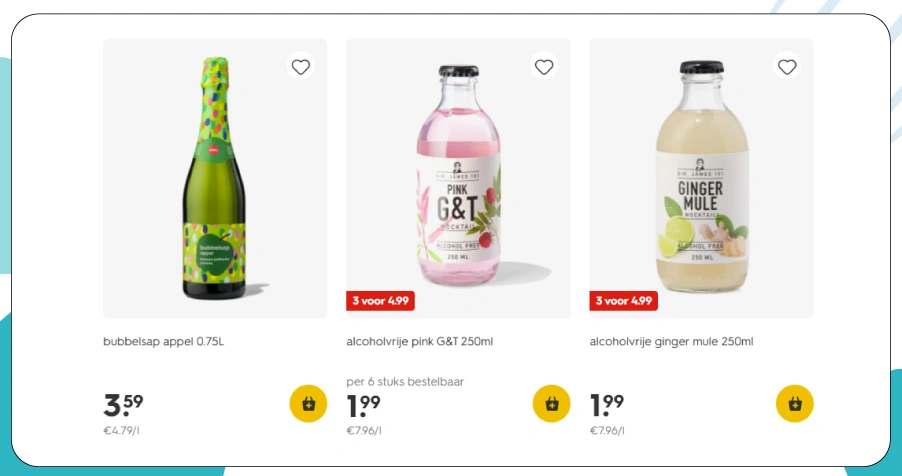
Traditional in-store data can’t match the pace of real-time e-commerce dynamics. In contrast, the Hema Delivery Product Dataset captures live changes in SKU availability, delivery slot variations, order fulfillment timelines, and out-of-stock metrics, offering a more immediate window into consumer behavior and delivery operations.
This type of information forms the backbone of delivery intelligence, enabling brands and logistics teams to adjust strategies swiftly. By analyzing Online Grocery SKU Analytics, brands and retailers can extract valuable patterns such as:
- SKU Replenishment Frequency: Understand how often specific items are restocked to forecast supply needs more accurately and reduce product unavailability during peak hours.
- Zip Code-Level Slot Preferences: Identify the most preferred delivery slots in various regions, which helps optimize fleet deployment and last-mile scheduling.
- Lead Time for High-Demand Items: Track how long it takes to fulfill top-selling products, revealing potential bottlenecks in supply chains or warehouse dispatching.
- Urban vs Rural Delivery Gaps: Highlight discrepancies in delivery window lengths based on location type, allowing better route planning and expectation setting for customers.
- High-Value Basket Indicators: Discover which product combinations most frequently qualify for express delivery, offering insights for bundling and cross-selling opportunities.
As consumer expectations continue to shift toward seamless and fast delivery, these insights provide a strategic layer of intelligence for transforming backend logistics, tailoring fulfillment capabilities, and aligning digital storefronts with real-world supply dynamics.
Real-World Use Case: Tracking E-Grocery Fulfillment Efficiency
A regional FMCG brand sought actionable insights into how their product lineup was performing on Hema.nl. Leveraging Real-Time Grocery Price Scraping, they tracked pricing changes in real-time and connected these fluctuations with delivery availability and inventory levels. This allowed them to identify patterns such as stockouts leading to missed sales and how delivery slots became tightly packed, especially on weekends, hinting at shifting consumer preferences.
Additionally, with the E-Commerce Grocery Dataset, the brand gained visibility into how competing products were being positioned, particularly around pricing strategies, fulfillment speed, and promotional visibility. This comparative intelligence enabled them to refine their promotional schedules and ensure inventory was fully stocked during high-traffic shopping periods.
Such real-world insights have become vital as we approach the reality of the Grocery Delivery Trend 2025, where expectations for next-day or even same-day fulfillment are rapidly becoming standard. For brands aiming to compete in this evolving space, delivery efficiency is no longer optional—it’s fundamental.
Uncovering Regional Shopping Trends from Dutch Grocery Listings
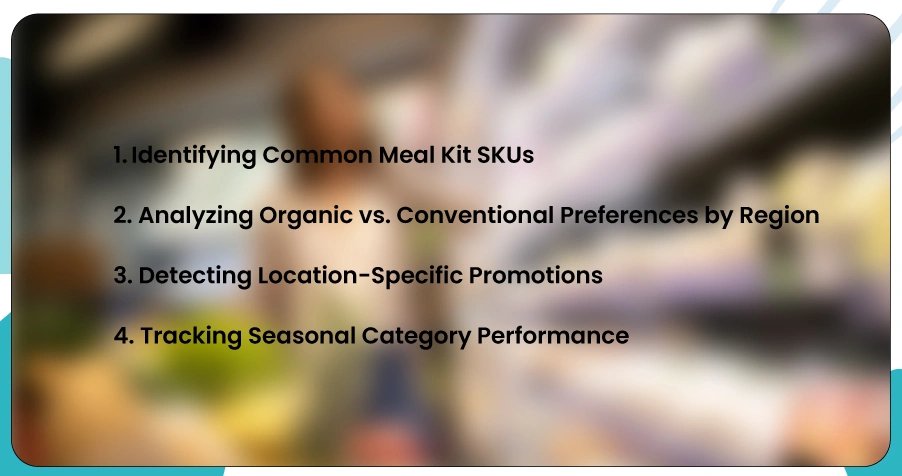
The Netherlands presents a uniquely segmented grocery landscape shaped by regional tastes and local shopping behaviors. By consistently applying methods to Scrape Hema Product Listings, companies can uncover rich, location-specific patterns that influence delivery strategies and e-commerce stocking decisions.
Here are some in-depth insights businesses can draw:
- Identifying Common Meal Kit SKUs: Regular tracking reveals which specific SKUs are repeatedly grouped into meal kits, helping brands understand popular ingredient combinations tailored to Dutch mealtime habits.
- Analyzing Organic vs. Conventional Preferences by Region: Data highlights regional disparities in the demand for organic products versus conventional ones, crucial for aligning supply with localized health-conscious consumer behavior.
- Detecting Location-Specific Promotions: Promotions often coincide with regional events or holidays. Scraping helps pinpoint city-level discount strategies, allowing brands to anticipate and replicate successful campaigns.
- Tracking Seasonal Category Performance: Top-performing categories shift throughout the year. Monitoring these trends enables predictive planning for inventory and logistics based on regional demand peaks.
These insights directly enhance Dutch Grocery Market Insights by capturing both cultural nuances and operational responsiveness. For example, if Northern provinces show a surge in vegetarian frozen food purchases, it may indicate a broader dietary shift. Retailers equipped with this data can adapt quickly, well before national metrics reflect the same trend.
Strategic Relevance of Delivery-Focused E-Commerce Analytics
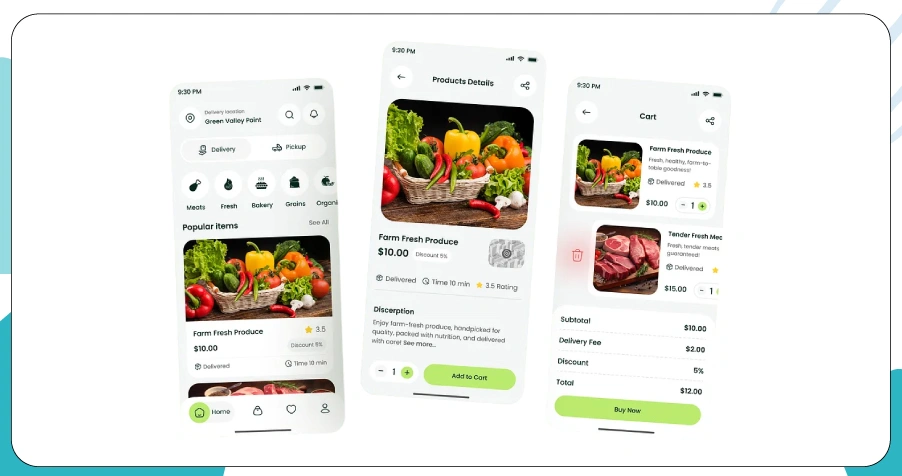
Delivery performance has emerged as a key differentiator in the online grocery space, not just for operational excellence, but for shaping brand perception and consumer loyalty. Hema.nl Grocery Data Scraping enables e-commerce analysts to uncover granular insights that directly influence fulfillment strategies and digital shelf performance.
Here’s how:
- Estimated delivery slots and wait times per SKU help decode delivery consistency and reliability across different product categories. This allows businesses to prioritize fulfillment for high-demand items or optimize inventory for items with historically longer wait times.
- Products available for same-day vs. delayed delivery reveal how fulfillment speed varies across product types. This information helps in aligning marketing promises with backend logistics to ensure a seamless buyer experience.
- Location-based discrepancies in delivery capabilities expose operational gaps and regional logistics challenges. Retailers can then refine last-mile solutions or reallocate resources to meet geographic demand more effectively.
- The ratio of promoted vs. organic search items reaching faster delivery windows provides insight into whether the marketing push is aligned with the delivery infrastructure. A mismatch could signal wasted ad spend or customer dissatisfaction.
These delivery-specific insights empower grocery e-commerce providers to decode the relationship between speed, accessibility, and consumer decision-making. When customers increasingly expect immediacy, understanding delays and availability trends becomes essential for retention and loyalty strategies.
Over time, continuous Grocery Delivery Data Analysis provides a macro view of how preferences evolve, signaling when delivery promises become deal-makers or deal-breakers. This allows businesses to proactively adapt their e-commerce playbooks, using real-time logistics intelligence as a core competitive advantage.
Shaping the Future of Digital Delivery Experiences
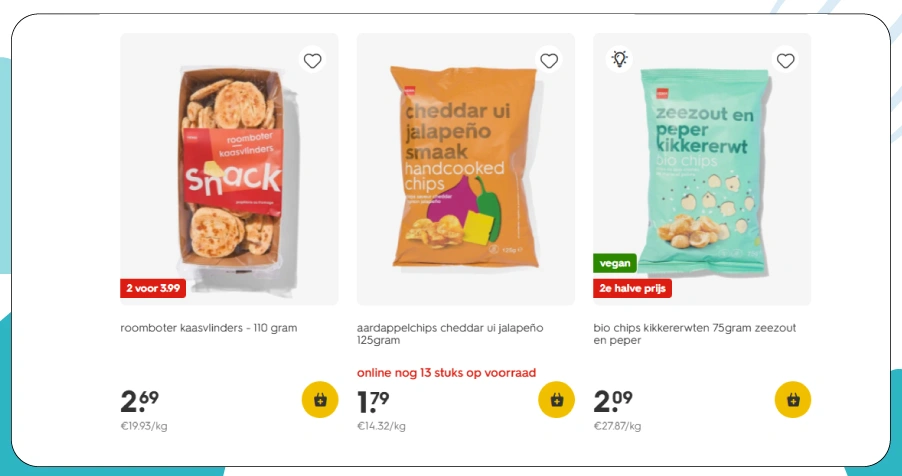
As we approach 2025, grocery delivery is evolving into a competitive differentiator, rather than merely a convenience. Meeting rising consumer expectations demands more than fast shipping—it requires data-backed strategies that capture and respond to changing delivery dynamics. This is where Grocery Delivery Trend 2025 becomes a critical focus for forward-thinking retailers.
Using Online Grocery SKU Analytics and SKU-specific delivery insights, businesses can track which items drive demand by region, time, or season. This level of granularity is essential to tailoring fulfillment strategies that are both timely and cost-effective. Platforms like Hema.nl offer a lens into consumer delivery behavior, which, when analyzed correctly, can fuel predictive models for logistics.
Today’s winners in the e-commerce grocery space are not just reacting to demand—they are predicting it. And in markets like the Netherlands, where innovation is rapidly redefining expectations, keeping a pulse on Netherlands E-Commerce Trends is not a strategy but a necessity.
Key areas shaping tomorrow’s delivery landscape include:
- Expanding micro-fulfillment in urban zones can reduce delivery times and increase local stock availability.
- AI-driven route optimization that adapts in real-time based on traffic, weather, and drop density.
- Demand-centric inventory planning powered by delivery data from platforms like Hema.nl to reduce waste and ensure availability.
- Customer experience mapping based on SKU-level delivery feedback to improve satisfaction and loyalty.
From hyperlocal logistics to smart inventory control, tapping into Hema.nl's delivery data gives brands the foresight to act, optimize, and win in the next generation of e-commerce delivery.
How ArcTechnolabs Can Help You?
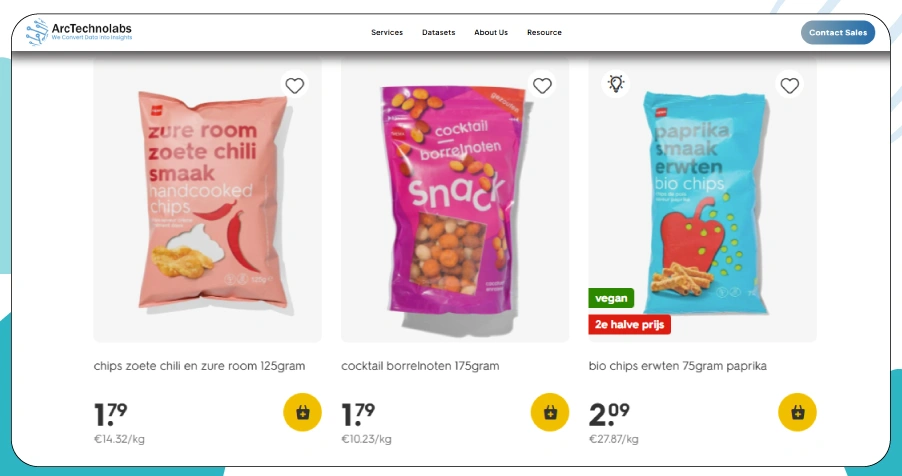
We specialize in custom data extraction solutions that simplify complex datasets from platforms like Hema. With our expertise in Hema.nl Grocery Data Scraping, we help businesses uncover product-level delivery patterns, stock visibility, and fulfillment insights with unmatched accuracy.
Here’s how we can support your data initiatives:
- Capture dynamic product listings with delivery slot tracking.
- Monitor SKU-level availability across regions.
- Extract delivery timelines tied to specific product categories.
- Analyze the frequency of stockouts and replenishment cycles.
- Automate pricing and promotion monitoring across SKUs.
Our solutions are built to handle scale, speed, and accuracy—ideal for businesses seeking data clarity from high-volume grocery platforms. By integrating Real-Time Grocery Price Scraping, we offer full-spectrum visibility into pricing shifts and delivery efficiency in today’s competitive market.
Conclusion
With the increasing complexity of delivery operations, businesses must rely on Hema.nl Grocery Data Scraping to uncover deeper patterns in product availability, fulfillment speed, and customer expectations. This data-driven approach empowers more intelligent decision-making across logistics and customer experience strategies.
By utilizing a structured E-Commerce Grocery Dataset, companies can stay ahead of shifting consumer behavior and improve delivery performance. Contact ArcTechnolabs today to start turning grocery data into actionable insights that enhance your e-commerce operations and elevate delivery outcomes.







